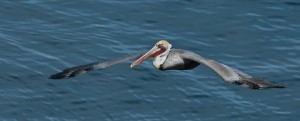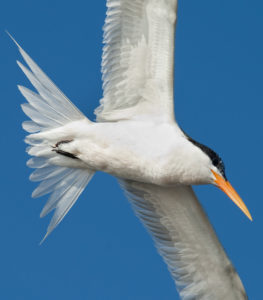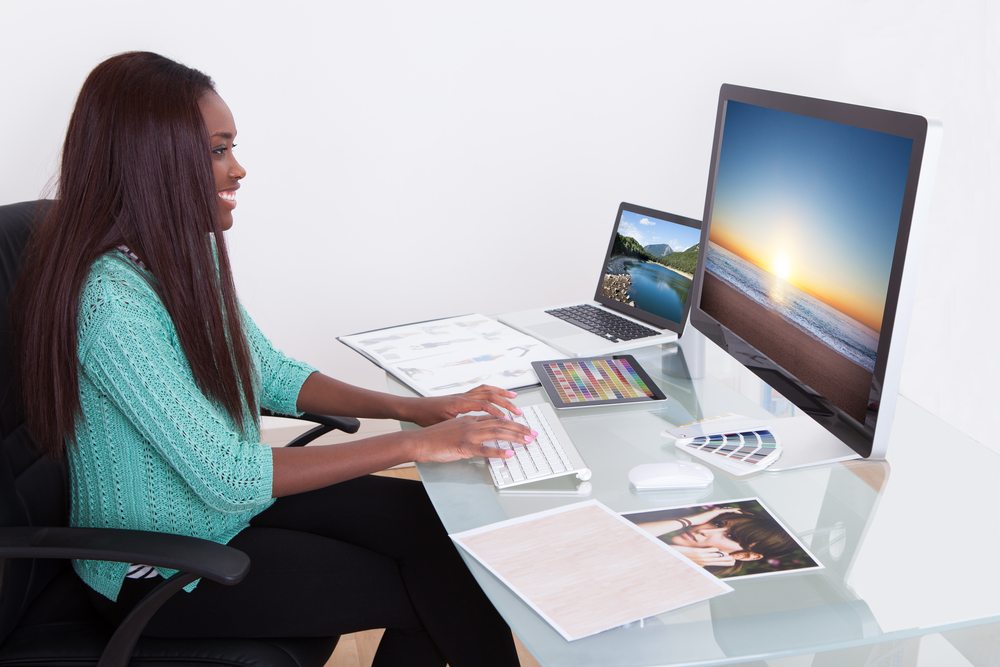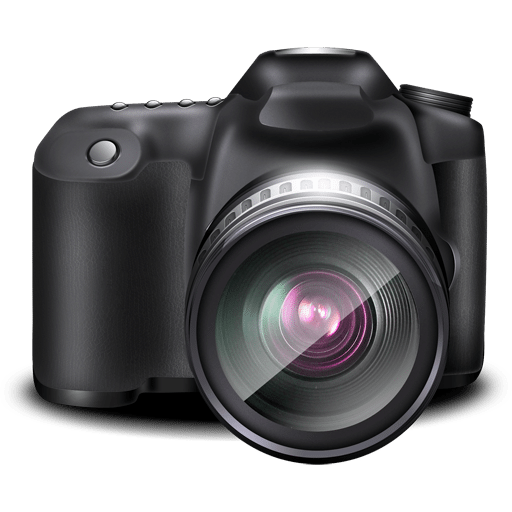Better BiFs – Making Great Bird-in-Flight Images
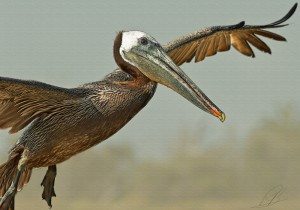 Post by TWiP Contributor: Ronald Boyd
Post by TWiP Contributor: Ronald Boyd
Every nature photographer wants to have at least a couple of great bird in flight photos in their collection. Getting that great BiF shot isn't so easy to get though, it takes real commitment and consistent technique. Today I would like to share a few tips that I have learned over the years that has helped me make better BiFs.
Gear
Pro gear is always a plus of course but is not essential to do bird photography. I have found that 300mm is a great focal length to use with a crop sensor camera. There are many options that will put you in that range, from the popular and affordable 70-300mm to the still affordable 300mm f4.0 to legendary 300mm f2.8 lenses. Another option for a lens that a lot of people already have in their bag is adding a 1.4x teleconverter to any of the 700-200mm f2.8 lenses.
You probably will want a DSLR but any camera that can control shutter speed can work. The single most important piece of gear you can have in my opinion is also one of the cheapest. I am talking about a lens hood/shade. Yup, got to have it. If you don't have one get one, if you can't get one make one out of cardboard and duct tape. End of story.
Practice
What can I say, practice is essential. You will need to make thousands of images to be in the ballpark. I am one of those people who always tries to shorten the learning curve and when I started making bird in flight images I thought I was doing just that. As I took more images and learned more about the art my images improved dramatically. Today I often cringe at those early images. “Outliers” by Malcolm Gladwell is a great documentation to what practice will yield. He reckons 10,000 hours is what is required to be proficient, I am going to say that 10,000 images is a good place to be.
Camera Settings
Everyone has an opinion about how to photograph birds in flight. In fact how to set up a camera can become a religion to some people. My opinion is to not have an opinion. The thing is, there are so many variables in shooting BiF's that saying “I always do” about anything really only shows that a person is a slave to their own dogma.
Think about it, birds are very different, colors and sizes, weather is often different, grey sky, blue sky, twilight, and backgrounds vary, sky, mountains, trees, and water. And then there is the fact that all cameras perform differently. So why in the world would you use the same techniques and camera settings for so many situations? You wouldn't.
There are only two things that I do consistently when shooting birds in flight. I usually use continuous focus tracking and I usually keep the shutter speed above 1/1000 sec. Even those are subject to change. Everything else is depends on the days events and my goals. I will always arrive at my location early and make some test shots cycling through the different settings in my camera and determine which is working best with my objectives.
The things I look at the most are metering/exposure compensation, focus lock, and the different focus patterns. This method will serve you well if you really drill down on your goals for that shoot. For example, the last time I shot Terns my goal was to capture only head-on and downward diving shots (consider everything else as gravy) against the sky as there was a full moon visible.
Terns are mostly white and this day the sky was cloudless and blue so there was fairly good contrast and the brightness of the sky and birds was pretty close so I chose to use zero to minus .3 exposure compensation, short focus lock and just the regular center focus pattern. Easy peasy, and it worked out just fine.
The point I am trying to make is that you are best served by knowing about exposure and learning about how your camera operates. All the well-meaning advice in the world is not a good substitute. Do the work and try all the options and you will get your greatest results…. you can take that to the bank!
Subject Knowledge
I for one often become completely overwhelmed by bird identification and statistics. It seems to me that my eyes glaze over and everything sounds like the teacher in the old Peanuts cartoons in a remarkably short period of time, but to be successful you have to learn about the birds you are photographing. I am interested in the birds that I am shooting or plan to be shooting so that is what I drill down to.
I concentrate on just one bird in I would say in a week or two week period of time I learn everything I can. I suspect that would be considered lame to the birders out there but that is how I stay focused and interested and over time I have learned a fair amount about bird identification and behavior.
If you are an iOS or Android user I highly recommend the iBird series of applications by the Mitch Waite group.
Honor the Golden Hour
Sometimes I like to call it the golden few minutes. That may be a bit of an exaggeration but because one usually needs a high shutter speed and because available light is constantly changing (diminishing during sunset) that golden hour can get chopped down a great deal depending on how fast the lens and low light performance of the camera are.
It is worth it though so stay out as long as you can during those sunset hours then maybe work on pleasing blurs when you have to lower the shutter speed. One benefit of shooting when the sun is low on the horizon is that light illuminates under the wings of the bird. That is what you want.
High and Low
If every shot you make is from the position of being below the subject things can get pretty boring so try to find vantage points that will put you eye level or above your subjects. Bluffs and canyons are good for this. Often you will get the added benefit of thermal drafts in which birds will suspend themselves with very little motion.
Be Cool, Break a Rule
Please note that I didn't say break the rules. Breaking one rule can be cool but breaking rules all the time is just annoying. One thing that I just love to see and do are images of a bird so large in the frame that a big portion of the body goes right off the image. I am sure that there are those who would say that a bird shot should be composed with the entire body in the frame.
That is all good except for one thing, I really like it! To me it tends to make the subject larger than life and I am going to continue doing it. Composition is subjective, so if there is something out of the norm that catches your eye go ahead and do it, perfect it and make it your own. If it is good enough for you chances are it is good enough.
Patterns, Arcs, and Circles
Birds are creatures of habit and are always going to have patterns in flight. They like to fly along a shore line for example and take off and land into the wind. That tells us that they very seldom fly in straight lines. They are going to circle around the nest at some point and follow the curves in the shoreline or river bed. Soaring birds always make circular patterns.
Use this to your advantage, set up and track from profile all the way to head on and get a series of images. Many cameras acquire and track focus much better when the subject is moving across the field of view rather than straight at you. Using that technique will make things easier for the camera to do its job.
Riding the Buffer
Most DSLRs have a rapid frame advance feature that allows you to make as many as 9 frames per second. The camera can't transfer data to the memory card at that fast a rate so it temporarily stores it in the camera. That is called buffering. When that storage is full the camera will either slow down dramatically or stop entirely.
I like to shoot a series of images in bursts of three to five frames and then recompose allowing plenty of room to buffer. I do it for two reasons. One, if I can't get what I need in those frames I am probably not going to get it at all. Second, I don't want to fill up the buffer and have to wait even a split second longer than I need to because sure enough that bird will stick out it's tongue and flash a peace sign right when the camera is trying to catch up the memory card.
Miscellaneous Tips
- The larger the bird the slower it flies and easier it will be to photograph
- Handhold in most situations elbows tucked in to your chest with feet spread apart.
- Sun and wind at your back.
- Expose for the highlights especially for birds that have both light and dark colors. Use exposure compensation or manual settings.
- Turn off stabilization (VR, IS, OS) at shutter speeds above 1/1000sec.
- None of these tips apply to humming birds. That is a different story for a different day.
- Don't waste your time trying to photograph light and dark colored subjects in the same session.
- If you have a tripod mount on your lens you can either use it as a grab handle or rotate it to the top of the lens so that it is out of the way.
- If you have a focus button on the back of the camera give it a try. For many it works much better than the half press on the shutter button.
- Try not to be distracted by shadows over your shoulder. Those shadows are deceiving. They lead you to think there is a large bird coming your way. Rarely will you be able to make a good shot, so just concentrate on the task at hand.
Post Processing
One of the things that everyone needs to be aware of is that you will rarely see another photographers image right out of the camera. When you are perusing forums and websites and come across a spectacular BiF image know that the image has probably had some post processing work done to it.
Color and contrast adjustments, maybe a little Photoshop to clean things up and a custom filter or action here and there just to make things pop. If you are disappointed that your images don't look great out of the camera, don't despair. Learn post processing techniques from the masters and you will be much happier with your work.
One of my favorite little techniques for processing bird images is to use NIK Color effects. I use the tonal contrast filter. Start at about 1/3 of the default settings and play around. In most cases for me the improved feather detail eliminates the need for post sharpening.
One More Thing
I know I have gone on for quite a while and I promise This will be just a few more lines so If you could bear with me I have just one more thing. I think it is a big thing, in fact I think it is the biggest thing. I am talking about your “TUDE” man. Your attitude is everything.
When we had the Gulf oil spill last year I didn't recall see a representative from the Brown Pelicans on the Nightly News to speak about their plight nor did I hear about the Sea Gull coalition meeting with the president.
That all sounds kind of silly of course, but the point is that birds don't have a voice in our world. As photographers we have the opportunity to be one of the few people who can tell their story in essence to become their advocate. You might want to tell a story of beauty, the majesty of flight, circle of life, or the touch of mankind.
Whatever the story, if you charge yourself the responsibility of telling their story being their liaison to the world your photographs will become great. Everything else are just mechanics.
[box]
Credits
Ronald Boyd
ron@ronboyddesign.com
www.ronboyddesign.com
Twitter: @RonBoyd
[/box]
